The first time the football game that would become known as the Rose Bowl was played was in 1902, and it would be the last for 13 years.
Michigan trounced Stanford so lopsidedly that the Tournament of Roses decided elephant-camel races and other exotic events would be more entertaining for future attendees. Eventually the Tournament brought back the game, which became so popular that it soon outgrew the city park where it was played. A dedicated home was needed, and construction on the new stadium began in 1921, in the flats of the Arroyo Seco. In 1923 the newly dedicated Rose Bowl stadium hosted its first New Year’s Day game, a 14-3 USC victory over Penn State.
Since that game, the Rose Bowl has hosted a truly staggering variety of sporting events, including innumerable classic Rose Bowl games, events in the 1932 and 1984 Olympics, 5 Super Bowls, and both the men’s and women’s FIFA World Cup finals. It also serves as UCLA’s home stadium, and even once hosted the Army-Navy game, the only time the game was played west of the Mississippi.
The stadium’s design and its scenic location were carefully calculated to maximize Southern California’s appeal to Americans living in colder climates. A nationally broadcast college football game played in the dead of winter, in front of a crowd in short-sleeves with towering snow-capped peaks in the distance, sent a powerful message to freezing Mid-Westerners, who flocked to California for the weather and the Golden State’s promise of easy living and prosperity.
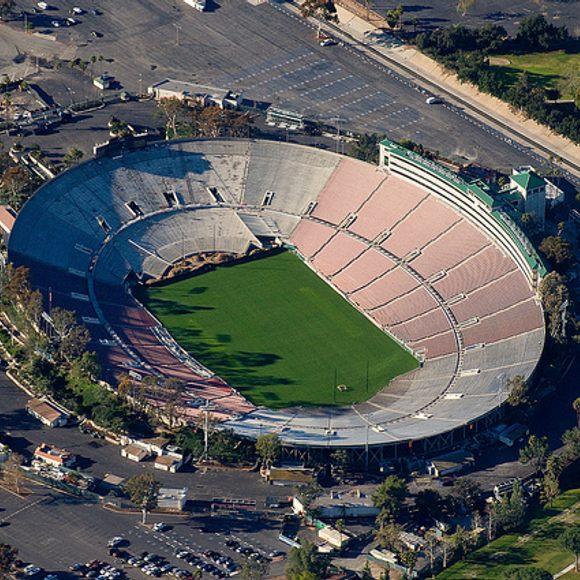






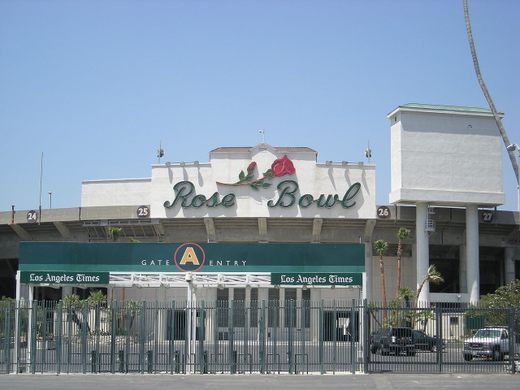





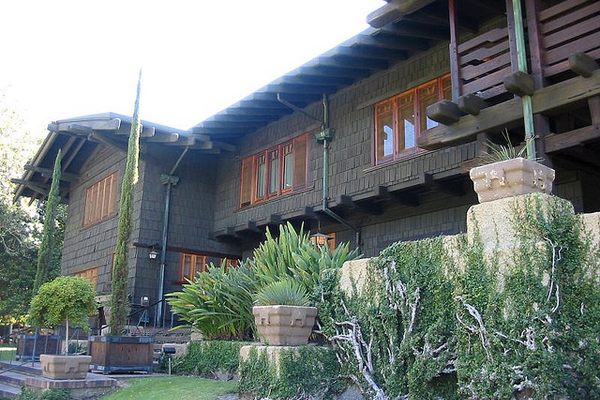

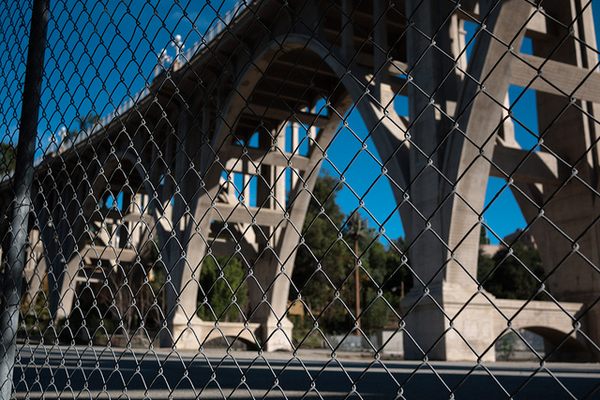
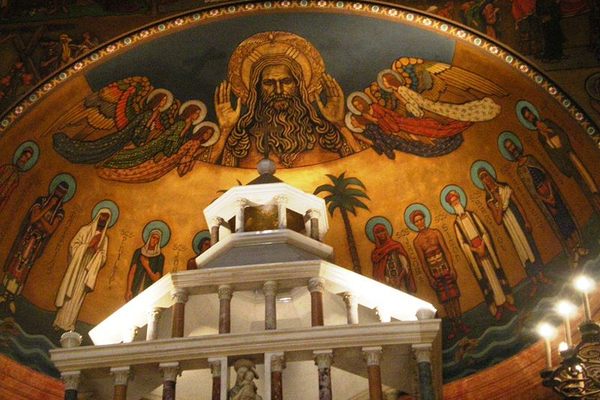

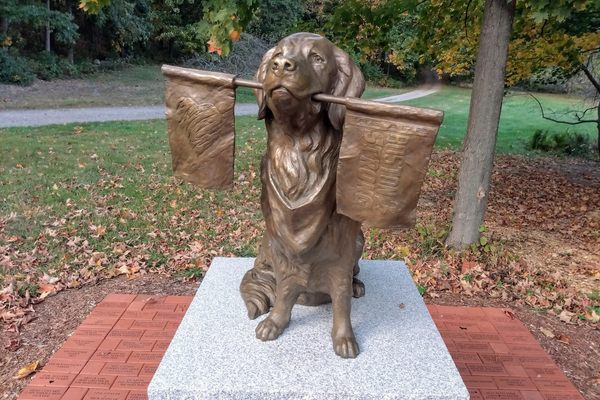



Follow us on Twitter to get the latest on the world's hidden wonders.
Like us on Facebook to get the latest on the world's hidden wonders.
Follow us on Twitter Like us on Facebook